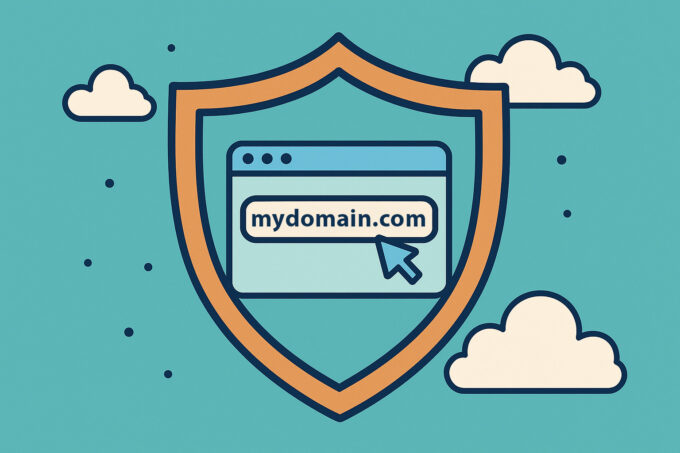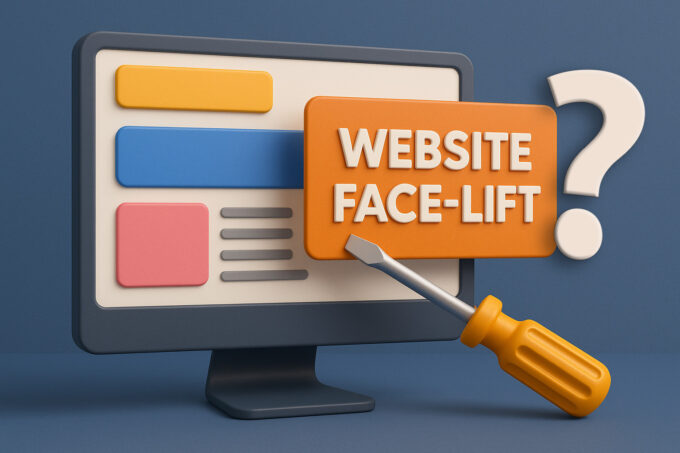Keep Control of Your Domain Name: How to Protect, Manage, and Secure Your Online Identity
Owning a domain name is more than just having a website address — it’s owning your online identity. Yet many individuals and organizations lose control of their domains because of small, preventable oversights. In this post, we’ll explore the three key pillars of domain control: ownership verification, transfer readiness, and access management.
1. Do You Actually Own Your Domain?
It might sound obvious, but many website owners don’t technically “own” their domains. Instead, a web developer, marketing agency, or third-party IT provider registered it on their behalf — often using their own name or contact information.
To confirm true ownership:
- Log in to your domain registrar’s account.
- Verify that the registrant contact name matches your personal or business name.
- Check the listed email address — this should be one you control directly.
- Check the listed physical address and add it to your list of things to update in case of a move.
- Check the listed phone number in case the registrar uses that to verify you upon contact.
If you find discrepancies, update the ownership details immediately. Having the domain registered in your name and current contact details ensures you can renew, transfer, or sell it without legal or logistical roadblocks later. Not only that ICAN Regulations regulations require that you provide accurate information and update it as it changes.
2. Can You Move or Sell It Without Barriers?
Even if your name is on the domain, administrative barriers can arise. Many registrars use outdated or inactive contact information — and if a dispute arises, ownership verification usually depends on proving identity through those listed details.
To prevent problems:
- Make sure your registrar has a working email, phone number, and valid physical address associated with your account.
- Use your official business name if applicable.
- Periodically test account recovery options so you’re not locked out during an emergency.
Being able to prove your identity quickly can save your domain if it’s ever hijacked, expired, or accidentally transferred.
3. Do You Have All the Domain Keys and Secrets?
Access equals control. The person who controls the registrar account controls the domain.
Keep these essential credentials safe and updated:
- Your registrar username and password (stored securely in a password manager).
- Your domain transfer authorization code (also known as an EPP code or Transfer Auth Code).
- The login details for any connected DNS providers if DNS is managed outside your registrar.
Before you ever decide to move your domain to another registrar, retrieve and safely store the transfer key. Don’t wait until renewal deadlines or emergencies — by then, it might be too late. Keep in mind – trying to move the domain with outdated credentials or wrong transfer code may delay or even lock out that possibility up to 60 days.
Stay Informed and Proactive
Your domain is the foundation of your online reputation and brand identity. Losing access or ownership can disrupt your website, email, and business operations overnight.
For a deeper dive into everything related to domains — from registration tips to security best practices — check out The Ultimate Guide to Domain Name Registration.
Final Thoughts
Proactive domain management isn’t complicated, but it’s critical. Treat your domain name like real estate — because on the internet, that’s exactly what it is. Domain name registration is merely a database record and should not cost you arm and leg, so do compare the rates but don’t just pick the cheapest provider, they often have poor support or rely solely on volume of sales, not quality of service. Register your domain with us and all of your questions or any move is one phone call away. The small steps you take today to verify ownership, update contact information, and secure your credentials can protect your digital property for years to come.



